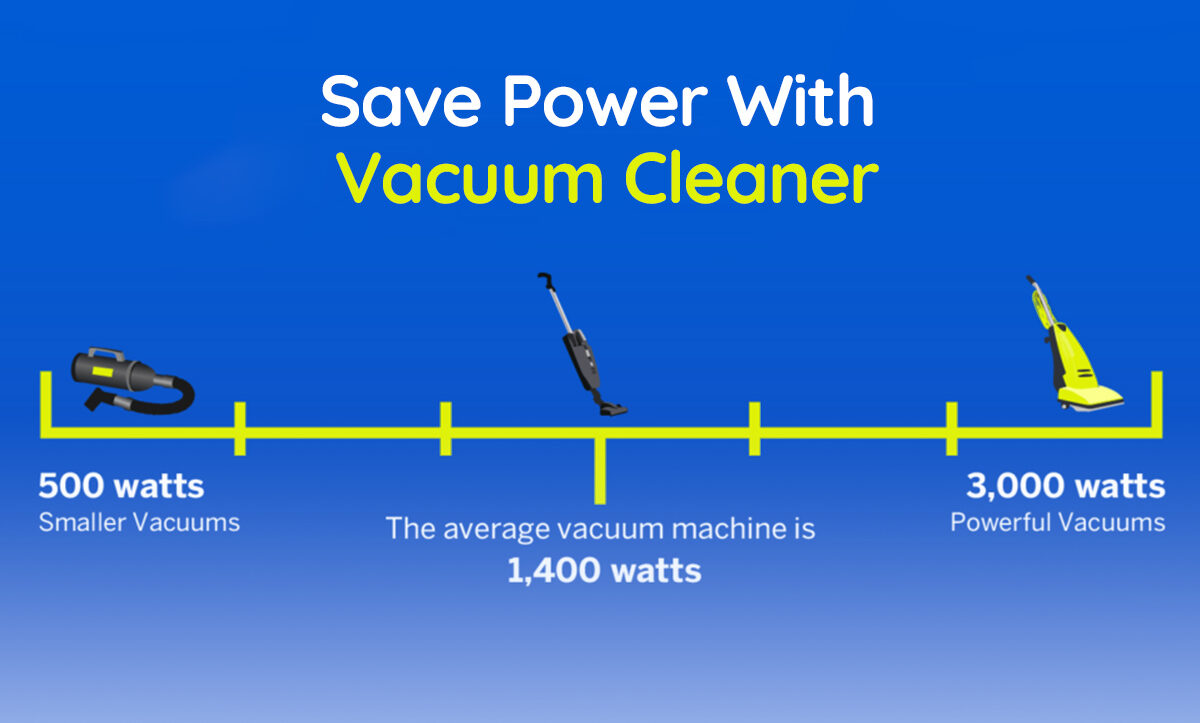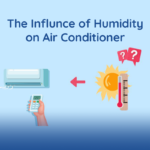When considering the purchase of a new vacuum cleaner, the array of choices can be overwhelming. This guide will delve into crucial factors and trade-offs, particularly focusing on energy-efficient vacuum cleaners and their impact on power consumption.
Understanding Vacuum Cleaner Power Consumption
The energy consumption of vacuum cleaners can vary significantly. A pivotal factor influencing power usage is the motor. Conventional vacuum models encompass motors with energy consumption from 500 to 3,000 watts, with the average machine operating at around 1,400 watts. Nevertheless, other elements come into play when assessing vacuum cleaner energy consumption. The surface being cleaned, whether hardwood or a plush rug, affects the number of passes required and the time expended. Additionally, filtration systems, built-in lights, and sensors influence power utilization
Equally important is the maintenance of your vacuum cleaner; a clogged filter and a brimming dust bag can compromise efficiency and escalate energy consumption. Lastly, consider how your vacuum cleaner can contribute to the overall efficiency of other household systems, such as enhancing air duct cleaning. You can explore this cost assessment quiz to gauge appliance operation expenses.
Calculating Your Vacuum Cleaner’s Power Usage
To ascertain the energy consumption of your vacuum cleaner, inspect the wattage specified on the appliance label. Then, estimate the duration spent on vacuuming daily, weekly, or monthly. Multiply the time spent by the wattage and divide the result by 1,000 to determine the kilowatt-hours consumed. Alternatively, utilize an online energy consumption calculator to simplify the calculation process.
Effectiveness of Lower-Power Vacuum Cleaners
It is a common misconception that vacuum cleaners with lower power ratings are less effective. The efficiency of a vacuum cleaner is influenced by various factors, including motor design, filter type, and the overall construction of the hose and cleaning attachments. For instance, a power nozzle can significantly boost the cleaning efficacy of a vacuum cleaner by concentrating additional power on the cleaning head.
Selecting the Best Vacuum Cleaner for Your Home
When deciding on the type of vacuum cleaner to invest in, consider factors such as budget constraints, ease of use, convenience, versatility, storage considerations, and energy efficiency. Here, we outline the essential considerations and provide some vacuuming tips for different vacuum cleaners, including stick vacuums, uprights, canisters, and robotic vacuum cleaners.
Automated Vacuum Cleaners
Automated vacuum cleaners represent a paradigm shift in floor cleaning, offering unparalleled convenience. These robotic vacuum robots have advanced technology that allows you to schedule their cleaning tasks and specify cleaning areas. High-end automated vacuums incorporate laser technology, sensors, and Wi-Fi connectivity to navigate your home efficiently. Importantly, they only draw power when recharging in their docks between cleaning sessions, making them a more energy-efficient option than traditional upright vacuum cleaners, even if they remain plugged in continuously.
Assessing Vacuum Types: Stick vs. Upright
The venerable upright vacuum cleaner has been a staple in households for as long as vacuums have existed and is known for its exceptional suction power. Nonetheless, the downside lies in its bulk and maneuverability challenges. Recent advancements in motor design have birthed lightweight stick vacuums that offer respectable suction capabilities. However, achieving the same suction power as an upright model often comes at a premium. When choosing between a stick and an upright vacuum, factors such as the absence of pets, hardwood floors, or low-pile rugs, along with considerations of weight and convenience, may sway your decision.
Upright vs. Cylinder Vacuum Cleaners
Upright vacuum cleaners offer superior suction efficiency for your investment and expedite cleaning with their broader cleaning heads. Conversely, cylinder vacuums provide versatility, typically equipped with multiple attachments to address various surfaces, including drapes and upholstery. These vacuum cleaners are lighter and more maneuverable. Some models compensate for lower suction power by incorporating power-assisted nozzles and cleaner heads to bolster cleaning effectiveness where it matters most.
Bagless vs. Bagged Vacuum Cleaners
Cost plays a pivotal role in the debate between bagless and bagged vacuum cleaners. Vacuum bags can be costly and contribute to landfill concerns, making bagless options more budget-friendly and environmentally conscious. However, bagless vacuums necessitate more frequent emptying, potentially leading to messiness. Individuals with allergies or asthma should be cautious, as emptying the dustbin can release microscopic contaminants. Additionally, the need for regular filter cleaning or replacement, especially if a HEPA filter is required, may offset bag savings.
Are Cordless Vacuum Cleaners More Energy-Efficient?
Cordless vacuum cleaners exclusively draw power during the charging phase, making them, on average, more energy-efficient than their corded counterparts. However, their trade-off lies in reduced power output, potentially necessitating frequent recharging, especially contingent on battery capacity. For homes with expansive spaces and plush carpets, the energy savings may not outweigh the loss in cleaning power.
Vacuuming Tips for Minimizing Energy Consumption
- Opt for energy-efficient vacuum cleaners tailored to your needs, matching features with your floor type, house size, cleaning habits, and pet presence.
- Revise your vacuuming habits to align with modern vacuum efficiency; prolonged sessions are often unnecessary.
- Reduce dirt ingress by leaving shoes at the door, minimizing the need for excessive vacuuming.
- Employ spot-checking on your floors and maintain hardwood surfaces to reduce the frequency of vacuuming.
- Leverage adjustable height settings on your vacuum cleaner for various flooring types, enhancing efficiency while preserving floor integrity.
- Regular maintenance, including bag or dustbin replacement, filter upkeep, and head debris removal, ensures an energy-efficient and long-lasting vacuum cleaner.
Concluding Remarks
The choice of the right vacuum cleaner can provide years of efficient cleaning. There is no universal vacuum type suitable for everyone. With many energy-efficient vacuum cleaners available in the market, the one aligning with your cleaning requirements, flooring surfaces, and performance expectations within your budget is the optimal choice.






